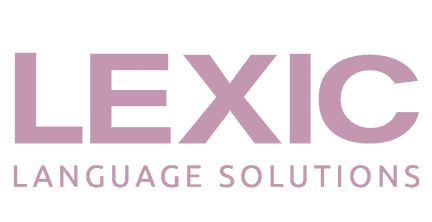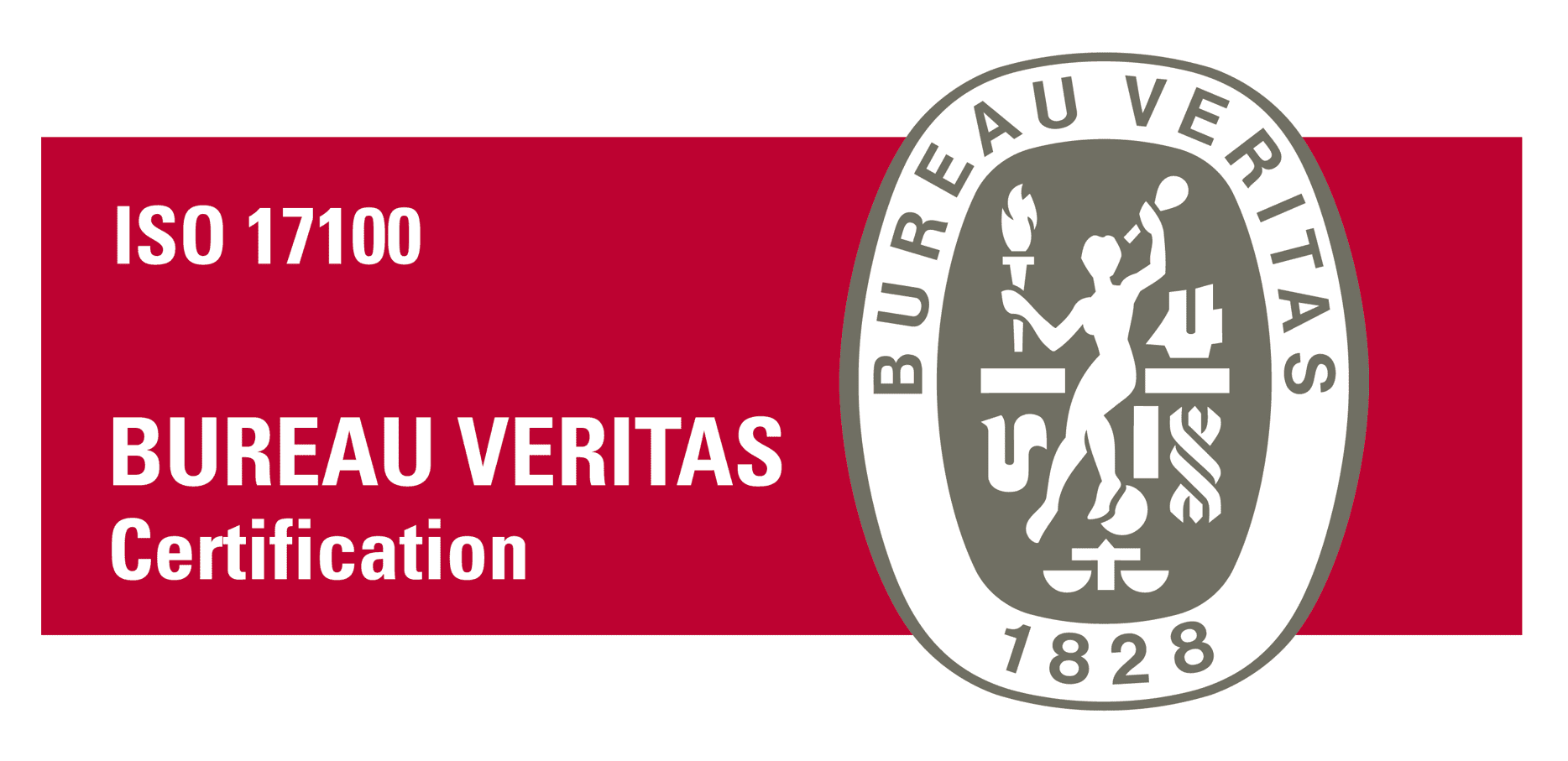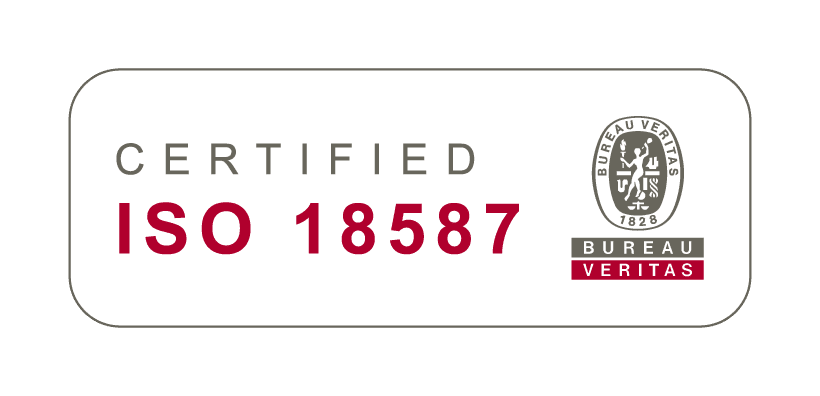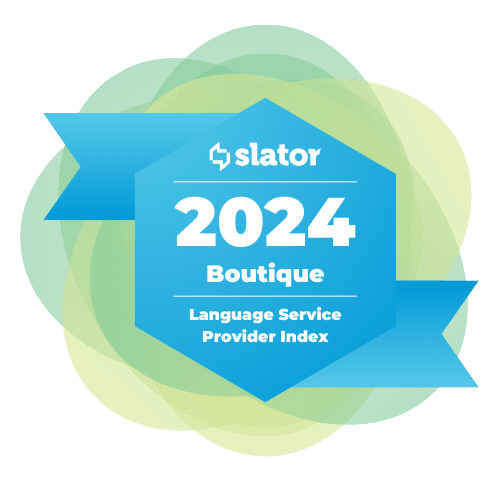Video content is one of the fastest-growing trends in the corporate world. Long gone are the days in which videos were an exclusive realm of marketing teams; today they serve cross-functional goals in almost every organization: they are required for training new talent, providing support to users or patients, and facilitating internal communication between subsidiaries or departments.
In this blog post, we go over three key multimedia contents in life sciences companies and present different localization strategies that can help you adapt your content to quickly reach international audiences.
Videos in pharmaceutical companies, manufacturers of medical devices, and healthcare organizations
The role of audiovisual translation in corporate multimedia content
Audiovisual translation involves a series of tools and practices that can help you take your multimedia strategy globally. You’ll first need to research your target audience, understand what language they speak, and get a grasp of their needs and cultural habits. Once you have this information in your hands, you’ll be able to localize (translate) your content in a way that matches their expectations.
Here we share with you 3 of the most popular localization strategies for adapting your multimedia content to different languages and regions:

Transcription: Refers to the process of converting speech content in a video file into text. Transcription is a fundamental step when you want to include subtitles in your videos but don’t have a written script.

Subtitling: Once you have a transcript, it can be translated to produce a new text in a different language, which is usually placed and centered at the bottom of the screen (while maintaining the original audio). Subtitling is a more economical and faster option than dubbing but is restricted to character limitations that guarantee the readability of the translated text in the time it is visible on the screen.

Coded subtitling: While subtitles are meant for people who don’t understand the language in a video, captions, on the other hand, are intended for people with hearing impairments. Captions include speech content as well as any other relevant sound in an audio (ex. Leaves rustling). It is a service that works both for the source language and for the target languages.

Voiceover: An audiovisual translation technique by which narrative scripts are first translated and then recorded by native-language speaking talent over the original audio track, which can be heard in the background.




